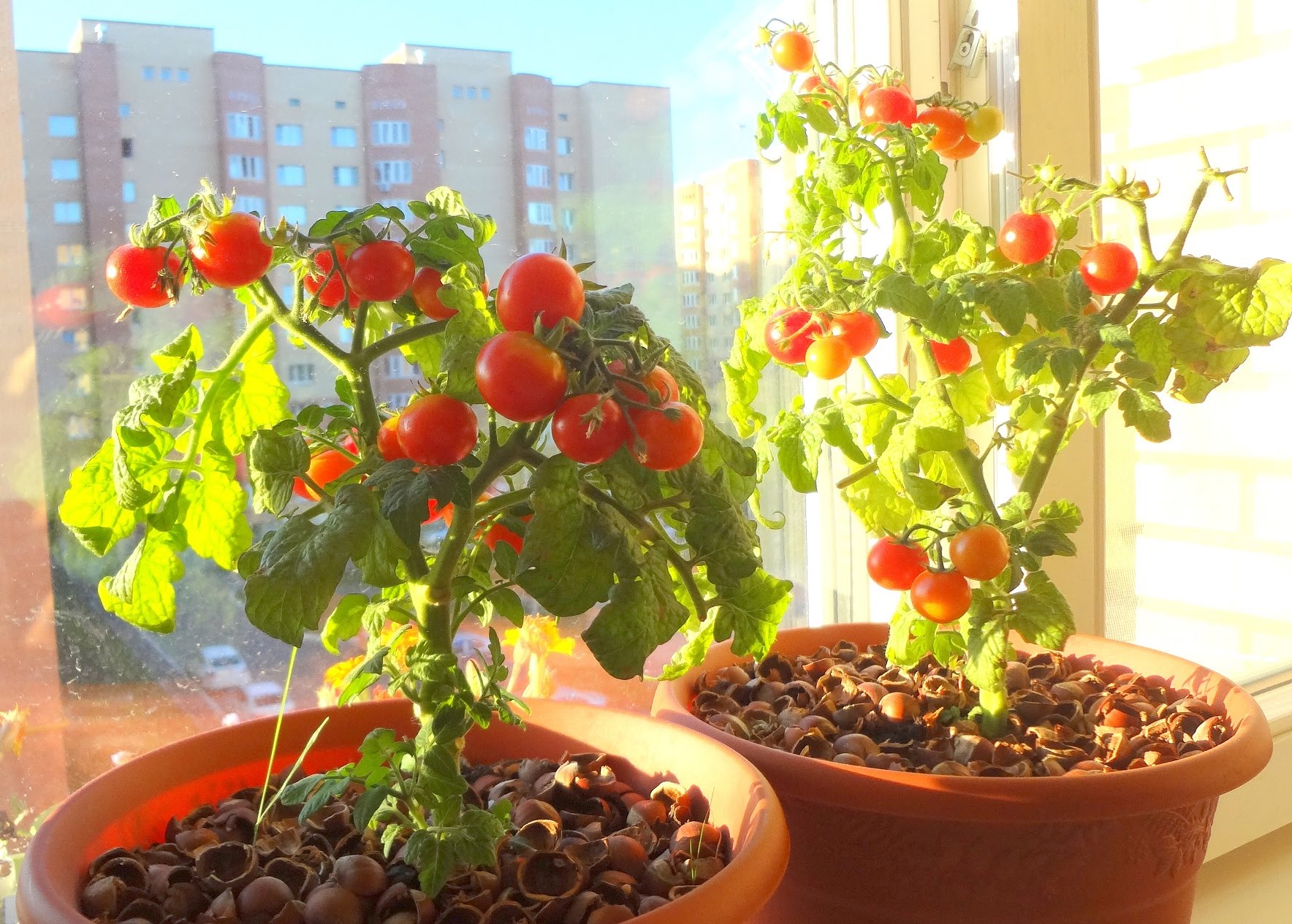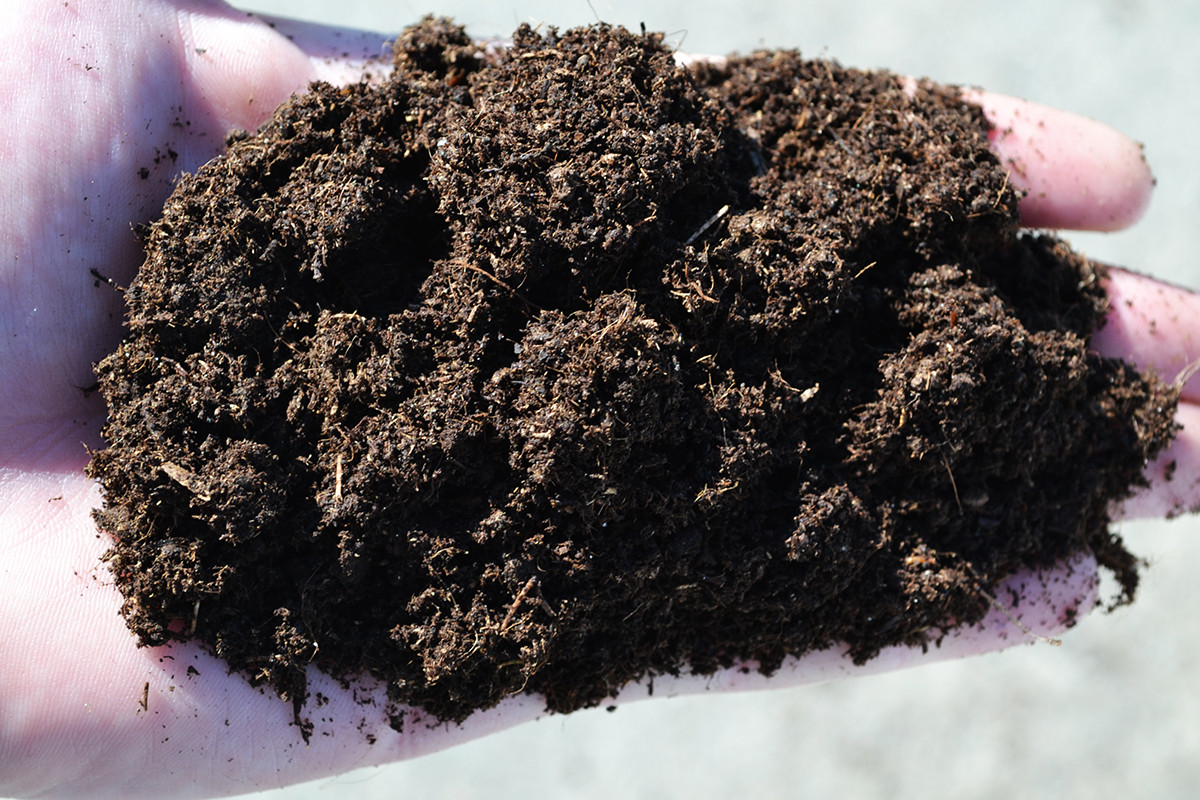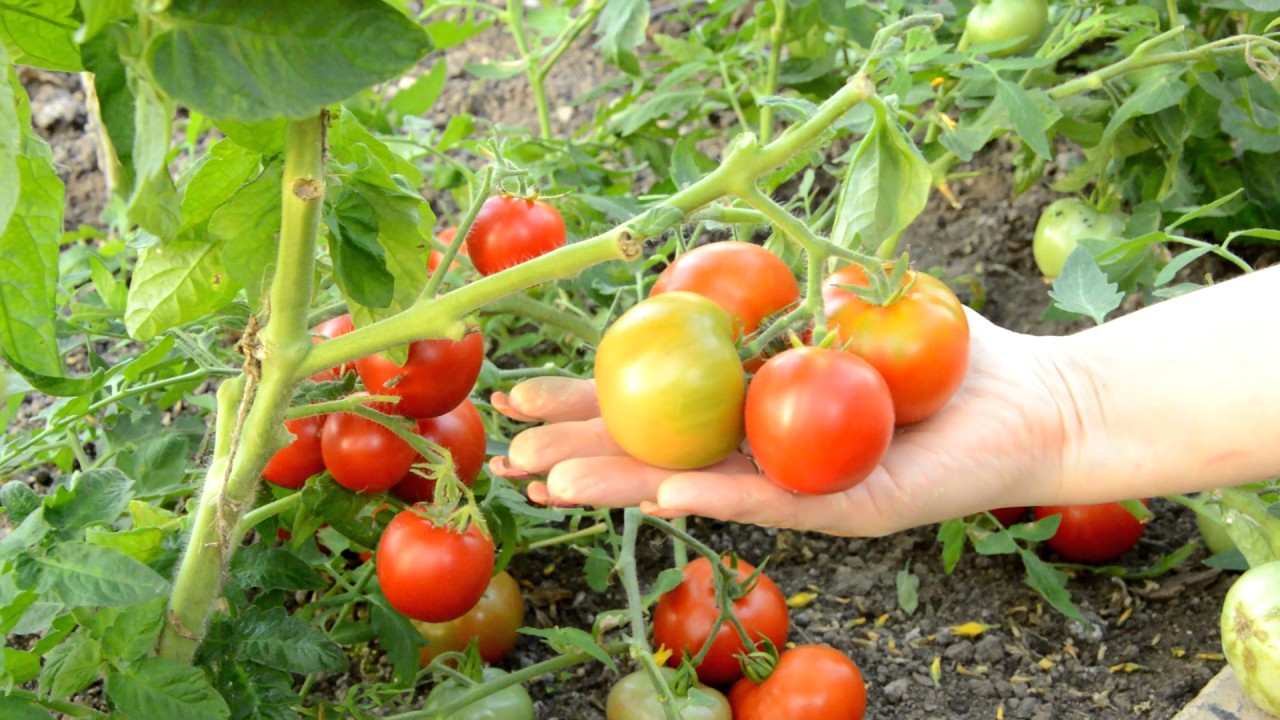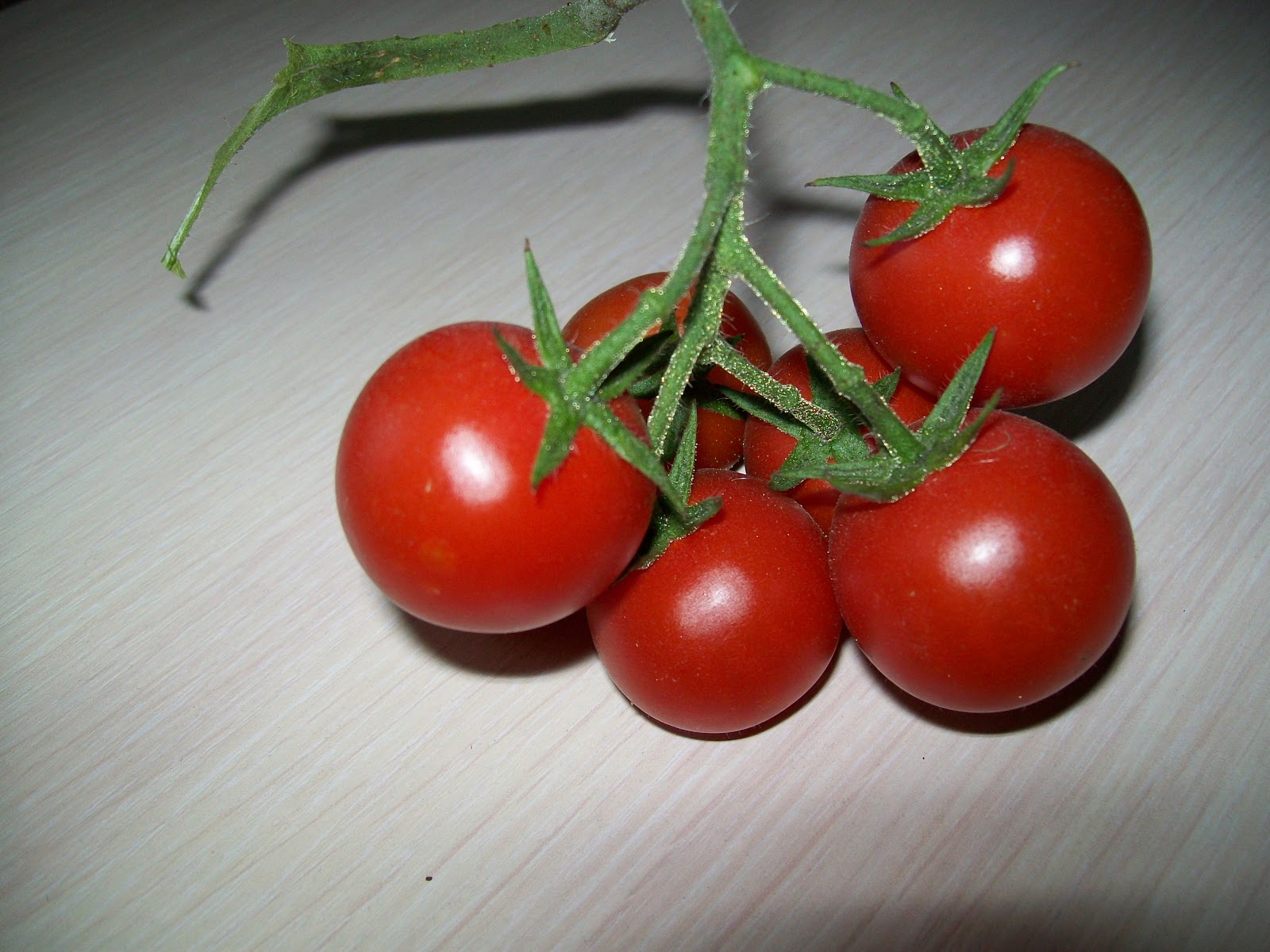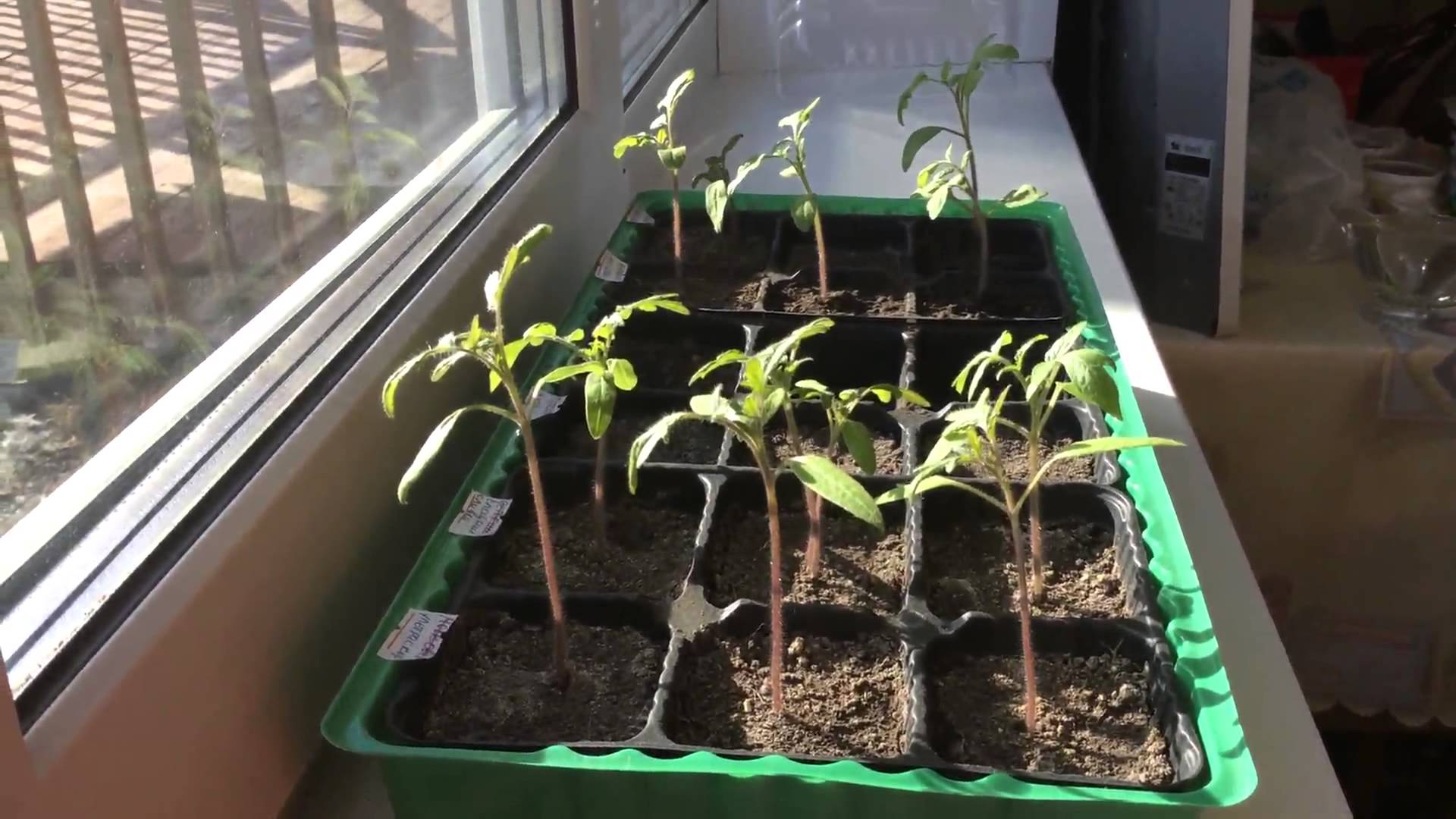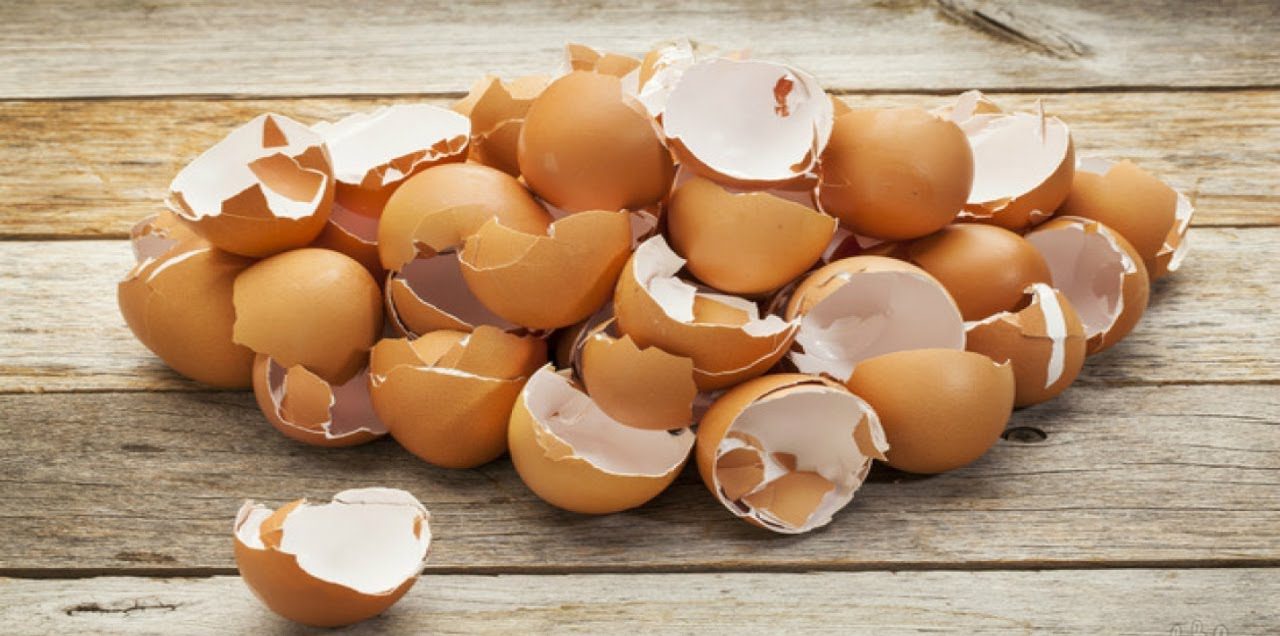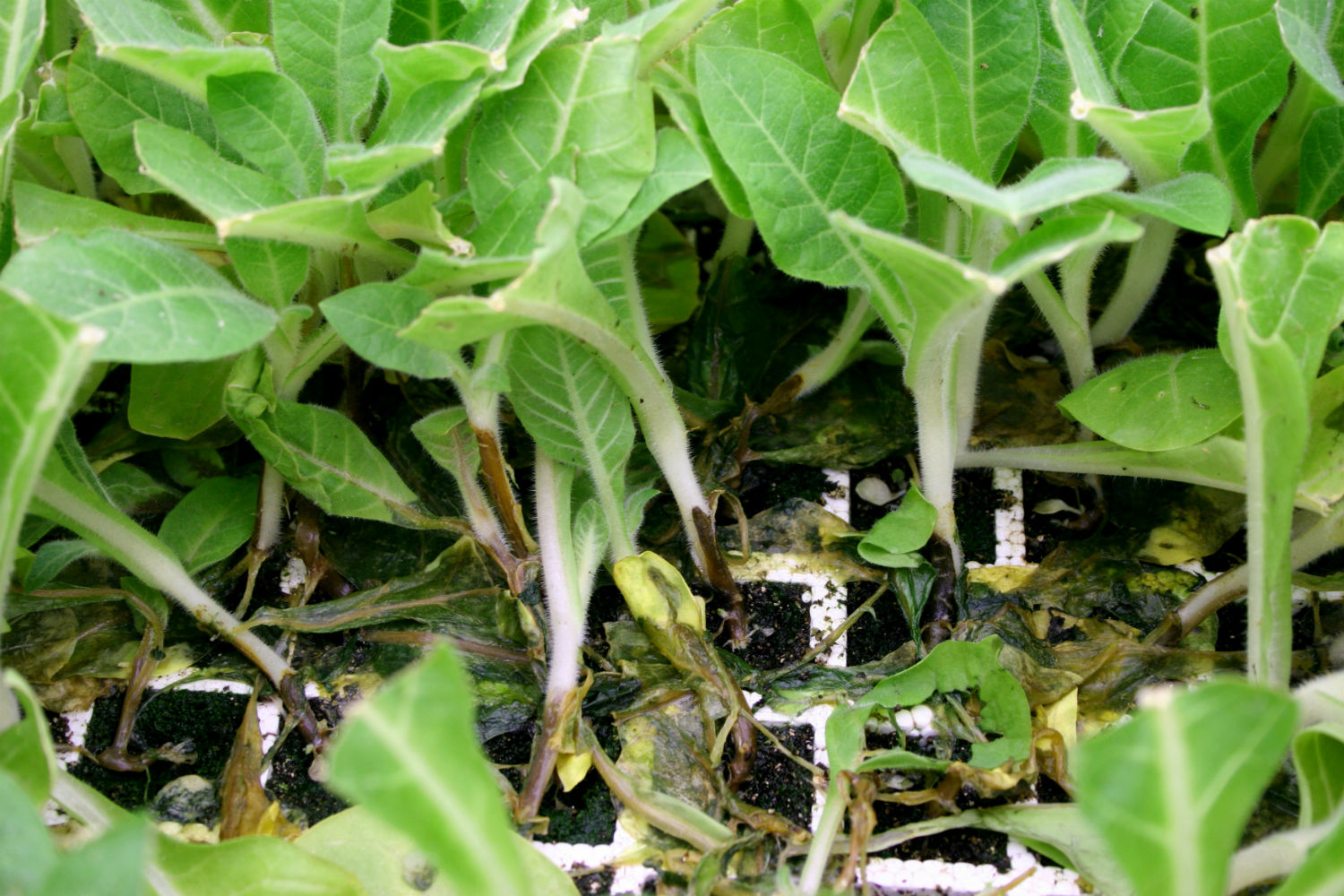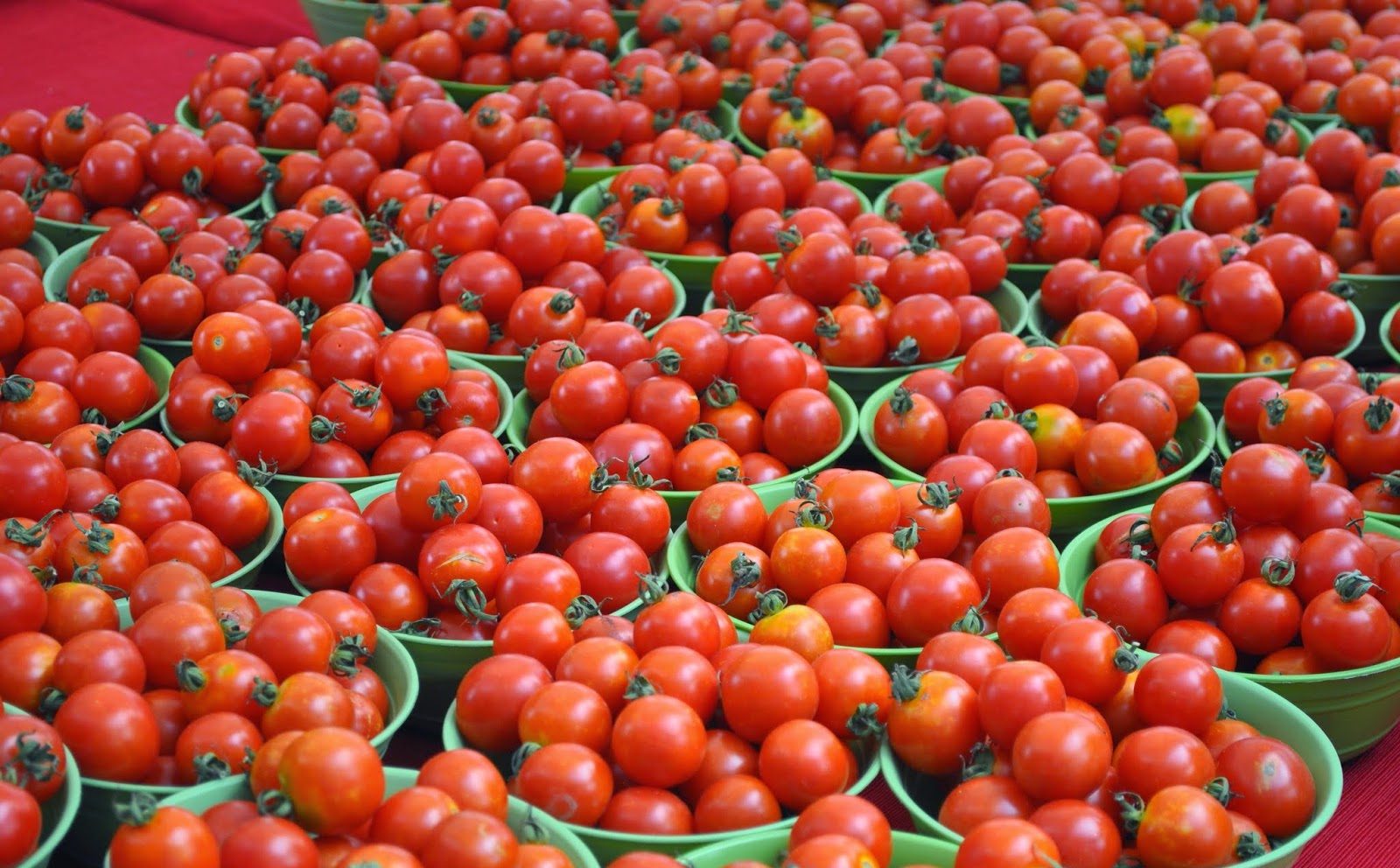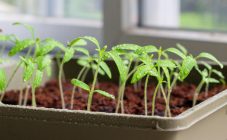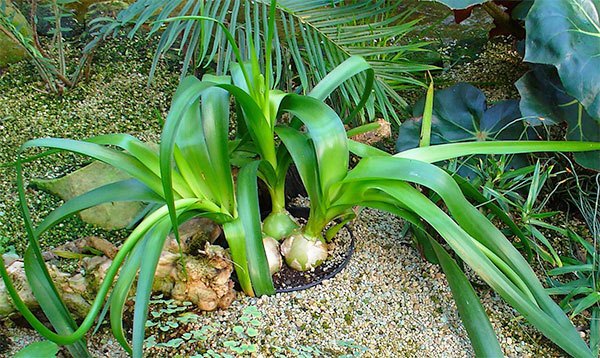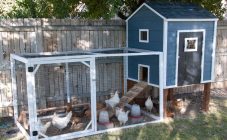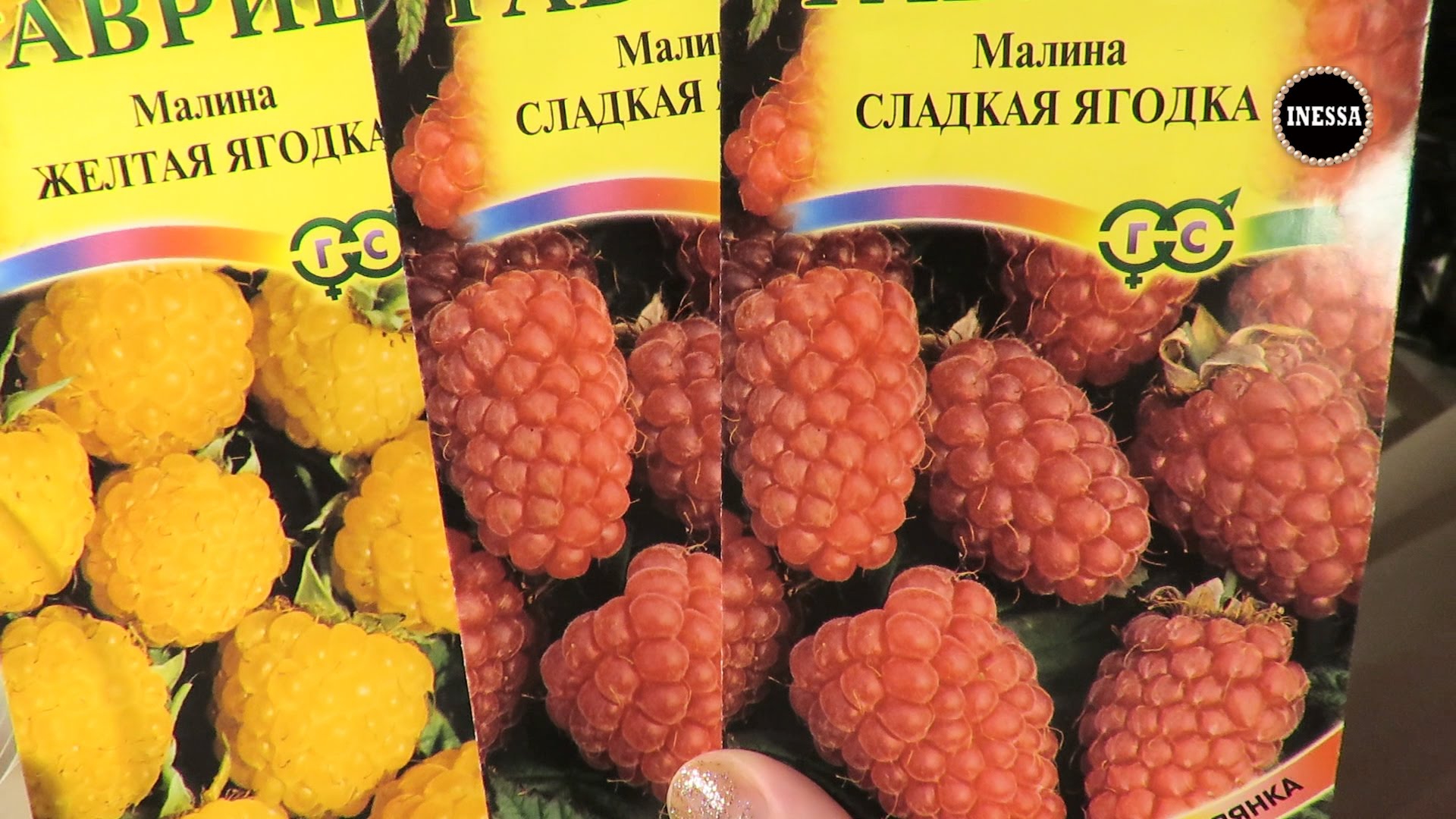Content:
An effective way to grow tomatoes is to grow them at home. To do this, you need to know how to grow tomatoes at home and observe all agrotechnical subtleties.
Tomatoes are a common crop of the Solanaceae family. They have a strong root system that provides them with nutrients, voluminous fruits, usually red in color, a powerful stem. Growing tomatoes at home requires adherence to special rules.
Growing conditions
Tanks and lighting
The main requirement for tomatoes in indoor conditions in the city is a sufficient area for cultivation and growth of the root system and bush crown. Cherries need 2-liter pots, while larger varieties need containers or pots of 5-6 liters. Balcony tomatoes require even larger containers (about 8-10 liters).
Tomatoes respond positively to the abundance of sunlight. In this regard, it is recommended to plant them in the southern part of the apartment. If the plants are grown in natural light, it is necessary to regularly unfold them towards the sun on all sides so that growth is even and symmetrical. In such conditions, it is necessary that the duration of daylight hours was at least 12 hours.
In winter, full lighting is achieved by installing special lighting lamps. They must be installed keeping a distance of about 0.3 m from the bushes.
Temperature and humidity
Daytime temperature during the growing season should fluctuate between + 22 ... 26C. At night, it decreases and varies from 15 to 16 degrees. It is especially important to maintain the temperature in cold climates (Urals, Siberia, Far East). Caring for tomatoes and their seedlings on the windowsill means that in winter, chilled air can come through the glass, so in this case you need to move it a little away from the window. Air humidity should be maintained at 60-65%.
Priming
Tomatoes should be grown in fertile and fairly well loosened soil, with a neutral acidity index. There are several options for the composition of soil mixtures, from which it is recommended to choose and do the following:
- turf, compost and vermiculite in a ratio of 4: 1: 1 plus a small amount of wood ash;
- peat, sod land and humus in equal proportions;
- earth, sand and peat in a 2: 1: 1 ratio.
Before you start planting a seed in the ground, you must first fill it with potassium permanganate dissolved in boiling water. This measure will eliminate pests and infections that live in the soil.
Agrotechnics
Variety selection
When choosing a tomato variety for growing at home, two aspects must be taken into account:
- the size of an adult plant.If tomatoes lack warmth and space in the allotted area, the harvest will turn out to be weak;
- yield and ripening period. The best option are those varieties that bear fruit in 90-105 days.
Based on this, it is recommended to plant the following varieties:
- Bonsai;
- Japanese dwarf;
- Leopold;
- Pygmy;
- Micron NK;
- Pinocchio;
- Bunch of honey;
- Minibel;
- Room surprise;
- Balcony miracle;
- Thumbelina;
- Baby;
- Red Riding Hood;
- Bonsai micro.
For growing at home, cherry tomatoes are ideal, as well as undersized varieties, the height of the bushes of which usually does not exceed 45-50 cm.If possible, it is allowed to grow several varieties in pots in order to then select the most suitable ones.
Preparation of planting material
At home, tomatoes are grown by seeds or by cuttings. The first method is more common. For its application, it is necessary to choose large-sized seeds with a light shade, without darkening, marks, spots, traces of diseases, etc.
To disinfect the seed and prevent the development of late blight, the seeds are dipped for half an hour in a container with a weak solution of potassium permanganate. After that, the seeds are treated with a growth stimulant and wrapped in a damp cloth, which is placed in a warm place to swell.
Seedlings are grown in plastic cups with soil, which must be disinfected with boiling water before use. When the soil has cooled to an acceptable temperature, it is ready for planting seeds.
The cuttings method allows you to save time, which is not wasted on forcing seedlings. The step-by-step procedure consists of the following points:
- The lateral and apical shoots of bushes, forming, for example, after pinching, are rooted in the soil or in a glass filled with water.
- The containers should be stored in warm rooms without the presence of drafts and, if possible, fertilize with fertilizers.
- When the cuttings form a full-fledged root system, they must be transplanted to a permanent place.
Sowing
After germination, tomato seeds are planted in 1 piece in plastic cups with soil, deepening them by about 1 cm.Then the containers are covered with polyethylene film and placed in a darkened room. Frequent watering of seedlings is not used, there is enough irrigation when the upper soil layer dries out.
When the seedlings form the first leaf, the film is removed from the glasses. Seedlings are transplanted to a permanent place. Weak seedlings are recommended to be removed.
Picking
This method is one of the most suitable for planting tomato seedlings at home. The central part of the root system is made shorter by about a third, which allows the roots to grow in breadth.
Containers for indoor tomatoes are filled with expanded clay report by 10-15%. The rest of the flowerpot is filled with a soil mixture, in which small indentations are made, necessary for the roots. Plants are placed there, then more earth is added on top. As a result, about 2-3 cm should remain between the lower leaves and the upper boundary of the soil.
Irrigation and feeding
Tomatoes do not require too much watering in winter. There is enough irrigation every 4-5 days, when the top layer of the soil dries out. It is recommended to use a spray bottle for watering. It is not recommended to use watering cans, they can harm a weak root system. Homemade tomatoes prefer room temperature water.
Once a decade, plants are fed with nutrients. The first feeding is carried out 2 weeks after seedling formation. Fertilizers are applied to the root area in the evening or morning. When growing tomatoes at home, it is recommended to use organic products, in particular:
- chicken droppings diluted with water;
- fermented cow dung;
- ground eggshell;
- ash;
- infusion of onion peels.
Top dressing should not be done more often than necessary. If this requirement is violated, the vegetative mass begins to grow excessively to the detriment of the fruit.
Stepping
After a certain period, stepchildren form in the leaf sinuses - short shoots. As they grow, they are removed by pinching them with your fingers. When leaving the stepsons, the vegetative mass will grow, and the yield will decrease.
Some varieties have 2-3 trunks. In this case, the stepsons at the bottom of the bush are left for their full growth. In some varieties, you need to get rid of the shoots from the sides.
Protection against diseases and pests
The most dangerous and harmful ailment in tomatoes is late blight. It usually manifests itself when moisture accumulates in the pot due to frequent and excessive watering. Regular airing of plants prevents the development of the disease. For the treatment and prevention of the disease, you can prepare a folk remedy by dissolving 1 g of potassium permanganate and 100 mg of ground garlic in 3 liters of water. The resulting preparation is sprayed on the bushes.
Other dangerous diseases include:
- blackleg;
- mosaic;
- black bacterial spot;
- septoria (white spot);
- aspermia;
- streak.
In addition to folk remedies, special fungicides are used to combat ailments. Viral diseases (streak, mosaic) do not respond to treatment in most cases, and therefore the affected plants should be removed and, if possible, filled with a new soil mixture.
Tomatoes at home are affected by pests such as:
- whitefly;
- garden scoop;
- wireworm;
- Colorado beetle;
- thrips;
- aphid;
- bear.
To remove them, insecticides are used. The dosage and method of administration are indicated on the package.
Pollination and harvesting
At the onset of the flowering period, the inflorescences must be pollinated by gentle shaking. After the appearance of the ovary on the stems, 5-6 brushes are left, and the rest are removed. An excess of ovaries leads to crushing of the fruit and a decrease in yield.
Growing tomatoes at home involves pinching the top of the plant before it reaches a height of 5 cm. This will channel the strength of the bush into the fruit and increase the yield.
As the tomatoes ripen, they are cut off and left to lie in the sun to ripen. Also, thanks to this, it is possible to free the hidden resources of the plant for the formation of other fruits. This approach will allow you to get a full harvest.
Growing tomatoes at home is a very time consuming process. Nevertheless, knowing how to care for homemade tomatoes and owning agricultural technology, it is possible to effectively grow these vegetables and achieve high and high-quality yields.
